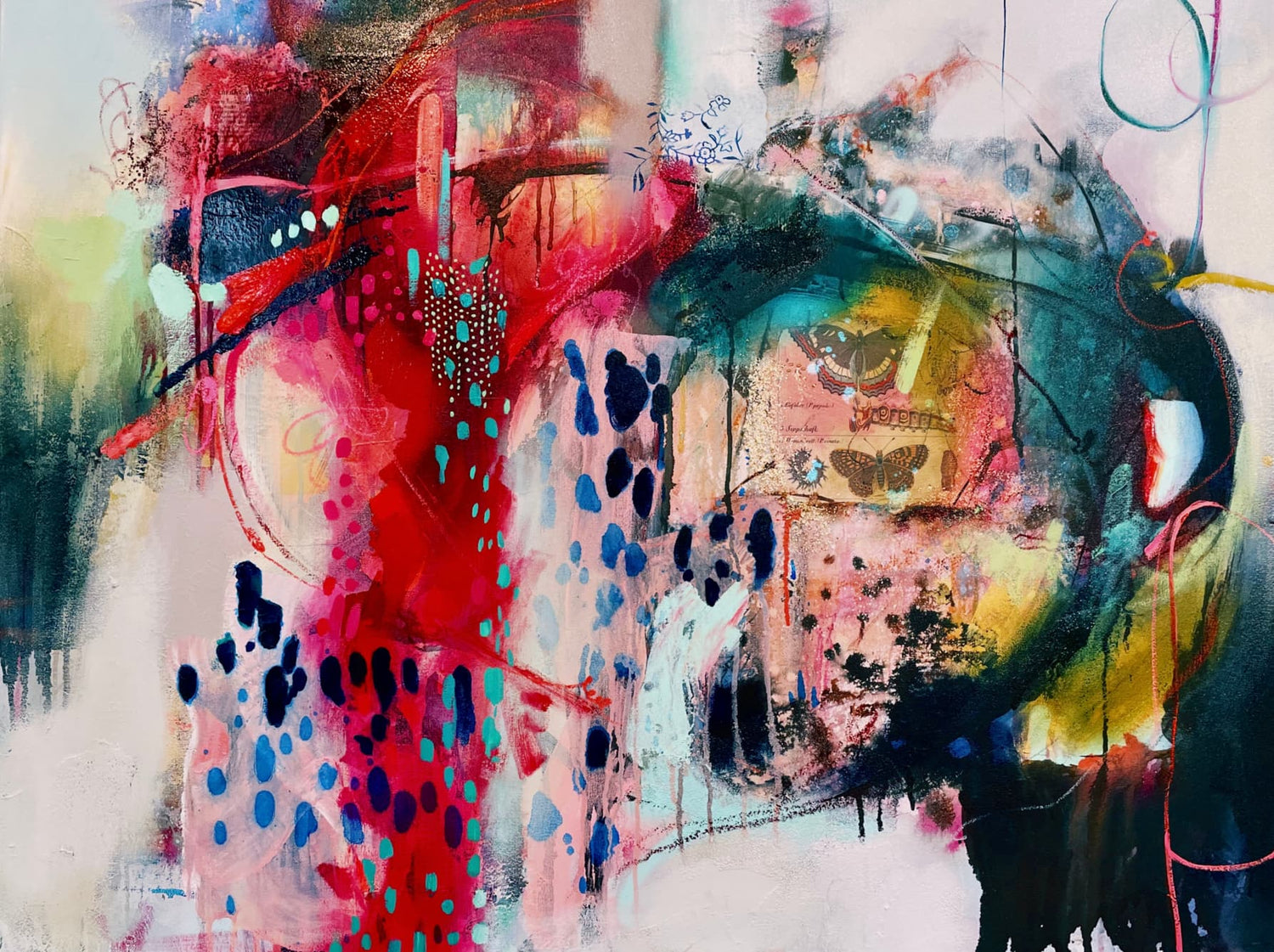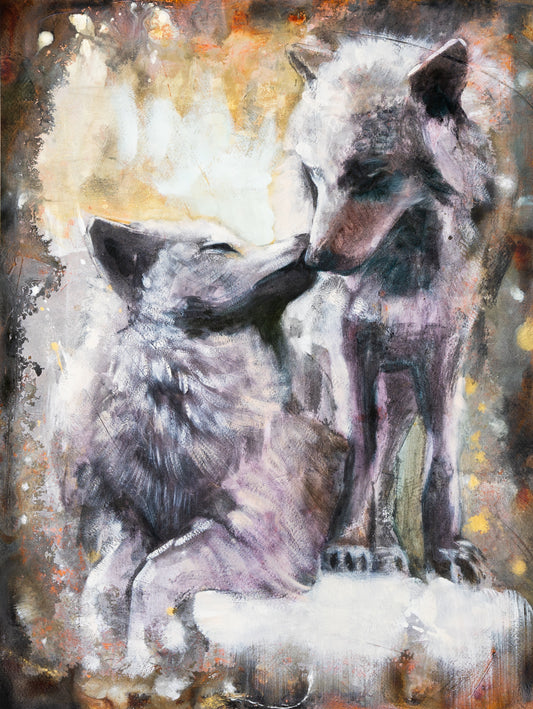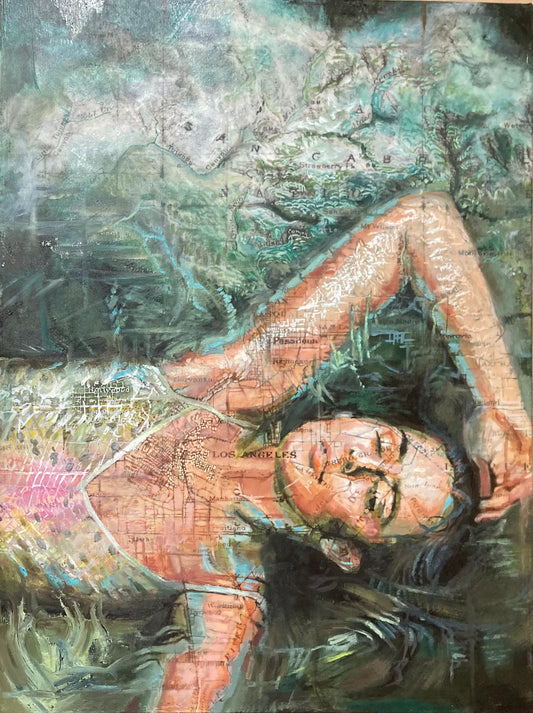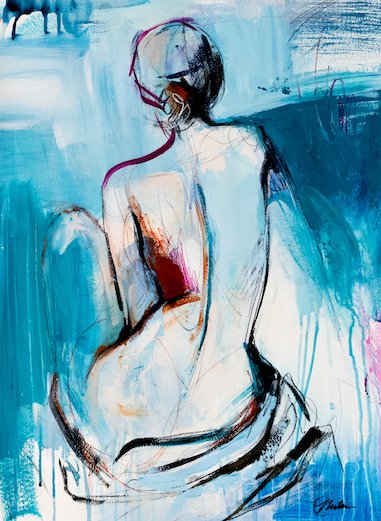Artists, armed with brushes, chisels, and various tools of their trade, are not just creators of beauty; they are the storytellers, the visionaries, and the catalysts of change. Their power extends far beyond the canvas, the sculpture, or the stage; it resides in their ability to transform emotions, provoke thoughts, and spark social movements. In this exploration, we delve into the multifaceted ways in which artists wield their power, shaping the world around them and leaving an indelible mark on history.
The Topic of Art and Its World-Changing Potential
An artist is a creator, molding various materials into something entirely new with their hands. Within each creation lies a story - a tale of the materials used, the journey to the final product, or the profound symbolism it carries. The subject matter of an artwork can offer a fresh perspective on life, reshaping the way we think, act, and communicate.
Art as a Mirror to Society
Reflecting Reality: Artists possess a unique ability to hold up a mirror to society, capturing its essence, flaws, and beauty. Through their works, they delve into social issues, political tensions, and cultural shifts, prompting viewers to question and reflect.
Social Commentary: Paintings, sculptures, and performance art can serve as powerful social commentaries. Artists use their medium to address inequality, racism, gender bias, and other pressing issues, sparking conversations that drive change.
Historical Documentation: Throughout history, artists have documented pivotal moments. Their works become frozen snapshots in time, preserving emotions, events, and societal shifts for generations to come.
Shaping Cultural Identity: Artists are torchbearers of cultural heritage. They preserve traditions, stories, and artistic techniques, ensuring that cultures remain vibrant and celebrated.
Global Exchange: Artists bring diverse cultures together by infusing their work with influences from different parts of the world. This fosters a sense of unity and understanding among people from varying backgrounds.
Fueled by Passion
The fervor of artists fuels their creations, infusing artworks with authenticity, emotion, and depth. The passion they put into their work is evident and resonates with viewers, inviting them to connect on a profound level. Authenticity shines through in their creations.
Artists as Visionaries
Artists use their imagination to explore utopian worlds, inspiring viewers to contemplate a better future and work towards it. They often anticipate societal trends, envisioning possibilities before they become mainstream.
Changing Perspectives
Shift in Perception: Art challenges preconceived notions, encouraging viewers to see the world from fresh perspectives. This shift in perception can lead to transformative changes in thought.
Questioning Reality: Surrealism and abstract art challenge reality, prompting contemplation on the nature of existence and possibilities beyond the tangible.
Influencing Innovation
Innovation and Creativity: Artistic expression fuels innovation in various fields. Creativity knows no bounds, and artists inspire advancements in science, technology, and design.
Interdisciplinary Collaborations: Art collaborations with science, engineering, and technology yield groundbreaking creations that redefine conventional disciplines.
Nurturing Imagination
Imagination's Playground: Art encourages imagination in both creators and audiences. It reminds adults to embrace their inner child and explore limitless possibilities.
Fostering Creativity: Exposure to art from a young age nurtures creativity in children, laying the foundation for future innovative thinking.
Igniting Change Through Art Movements
Art Movements as Catalysts: Movements like Cubism, Abstract Expressionism, and Pop Art revolutionized art and sparked broader cultural and social transformations.
Breaking Norms: Art movements challenge artistic conventions, catalyzing shifts in perception and societal norms.
Empowerment of Artists in the Digital Age
Global Reach: Digital platforms enable artists to share their work with a global audience, transcending geographical boundaries.
Social Media's Impact: Artists leverage social media to promote their art, connecting with enthusiasts, patrons, and collaborators worldwide.
Transforming Spaces
Urban Renewal: Street art rejuvenates urban landscapes, transforming once-neglected areas into vibrant hubs of creativity and self-expression.
Healing Spaces: Hospitals, schools, and public spaces benefit from art installations that create calming environments, promoting healing and well-being.
Shaping Cultural Narratives
Cultural Storytellers: Artists reinterpret myths, legends, and histories, shaping the cultural narratives that define societies.
Representation Matters: Diverse artistic voices contribute to a more inclusive representation of cultures, genders, and identities.
Collaborations with Social Initiatives
Art for Social Impact: Artists collaborate with NGOs, charities, and community organizations to create art that drives positive social change.
Public Health Initiatives: Art interventions contribute to public health campaigns, conveying critical messages with creativity and impact.
Art as a Catalyst for Dialogue
Diverse Dialogues: Art creates spaces for dialogue that transcend language, engaging diverse audiences in meaningful conversations.
Art's Conversation Starters: Exhibitions and installations provoke dialogue, breaking down barriers and fostering mutual understanding.
From Creation to Advocacy
Artists as Activists: Many artists are advocates, using their work to address environmental, social, and political issues, raising awareness and mobilizing change.
Creative Protest: Artistic protests, through installations and performances, captivate attention and challenge oppressive systems.
Preserving History
Time Capsules: Artists immortalize historical events and cultural practices, preserving them for future generations. Their works become invaluable references for historians and scholars.
Cultural Evolution: Art evolves with culture, adapting to new contexts and technologies. It serves as a bridge between the past, present, and future.
Creating Unity - Empowering Communities
Universal Language: Art transcends language barriers, becoming a universal language that unites people worldwide. A single image or melody can resonate with hearts across cultures.
Fostering Dialogue: Art exhibitions, performances, and installations bring people together. Shared experiences ignite dialogue, facilitating understanding among individuals from different walks of life.
Community Engagement: Public art installations transform spaces and engage communities. They empower local residents by involving them in the artistic process.
Economic Growth: Art has the power to revitalize communities, attracting tourists and fostering economic growth through galleries, studios, and cultural events.
Challenging Boundaries
Boundary Pushers: Artists challenge conventional boundaries, pushing the limits of creativity and societal norms. Their audacity prompts viewers to think beyond the expected.
Provocation and Dialogue: Controversial art challenges society's comfort zones, sparking dialogue and exposing suppressed narratives.
Education and Awareness
Art as Educational Tools: Artists create educational tools that transcend traditional methods. Interactive art installations and visual storytelling make learning enjoyable and accessible.
Shedding Light on Social Issues: Art educates by shedding light on lesser-known social issues. It prompts audiences to take action against injustices.
Art's Ripple Effect
Artistic Influence: The impact of art extends beyond galleries. Art inspires fashion, design, literature, and entertainment.
Cultural Zeitgeist: Art captures the essence of eras, reflecting prevailing beliefs, attitudes, and cultural shifts.
From Local to Global Change
Local Impact: Artists often begin with local initiatives that ripple outward, influencing regions and, sometimes, the world.
Small Gestures, Big Impact: Even a single piece of art can spark change, be it by challenging norms or inspiring action.
The Future of Artistic Power
Continued Transformation: As society evolves, artists will continue to push boundaries and redefine their roles in shaping the world.
Technological Integration: The fusion of art and technology will open new avenues for creative expression and societal impact.
Embracing Emotion
Stirring Emotions: Art has the power to evoke profound emotions—joy, sorrow, empathy—bridging gaps and forging connections among diverse audiences.
Empathy Catalyst: By offering a window into others' experiences, art fosters empathy. It makes the viewer feel seen, heard, and understood.
The Impact of Art in Times of War
Art possesses a remarkable capacity to bring about profound change, even in the darkest of times, such as during war. It serves as a testament to the indomitable spirit of humanity, offering solace, healing, and hope when they are most desperately needed.
In times of conflict, art assumes a newfound significance. It becomes a conduit for expression, enabling individuals to articulate their emotions and experiences when words fail. Both soldiers and civilians have turned to art as a means of coping with the traumas of war. Through sketches, paintings, and sculptures, they convey the horrors they've witnessed, the sacrifices made, and the resilience of the human spirit.
Art also emerges as a potent tool for protest and resistance. Artists often employ their talents to challenge the status quo and raise awareness about the devastating consequences of war. Powerful political cartoons, provocative graffiti, and stirring posters have all played crucial roles in galvanizing public opinion against war and injustice.
Furthermore, art transcends borders, fostering connections and empathy among individuals from opposing sides of a conflict. Cultural exchanges, artistic collaborations, and exhibitions featuring works from conflict zones all have the potential to break down barriers and promote understanding. They serve as poignant reminders that, beneath the divisions and hostilities, we share a common humanity.
In post-conflict settings, art plays a pivotal role in the healing and reconciliation process. Public monuments, memorials, and exhibitions commemorate the lives lost and the sacrifices made, while also serving as reminders of the need for peace. Community art projects bring together individuals from diverse backgrounds, helping to rebuild trust and unity.
The transformative power of art during war extends beyond the physical and emotional realms. It has the ability to shape collective memory, challenge political narratives, and influence policies. Artistic representations of war, whether in literature, film, or visual arts, encourage reflection on the human cost of conflict and inspire efforts to prevent future wars.
Conclusion: The Everlasting Echo of Artistic Power
Artists are conduits of change, aspiration, and imagination. Their works transcend time, culture, and geography, imprinting their power on human consciousness. From stirring emotions to igniting movements, artists sculpt history with every stroke of their brush, chisel, or keystroke. As society evolves, artists remain beacons of inspiration, reminding us of our shared humanity and the transformative potential of creativity. In their art, we find solace, hope, and a testament to the enduring power of the human spirit.





